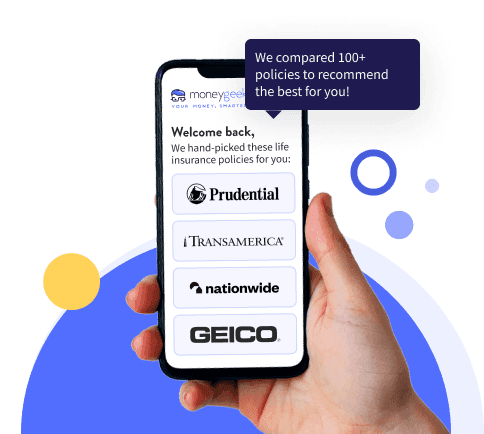Extended term insurance transforms the cash value of your permanent life insurance policy into term life coverage, extending your protection for a set period without further payments.
To activate the extended term nonforfeiture option, a policyholder must have enough cash value in the life insurance policy to fund the new term coverage. This keeps the death benefit unchanged from the original permanent life insurance, continuing the policyholder's coverage.
Your cash value funds the extended term coverage, keeping the death benefit consistent with the original coverage terms.









